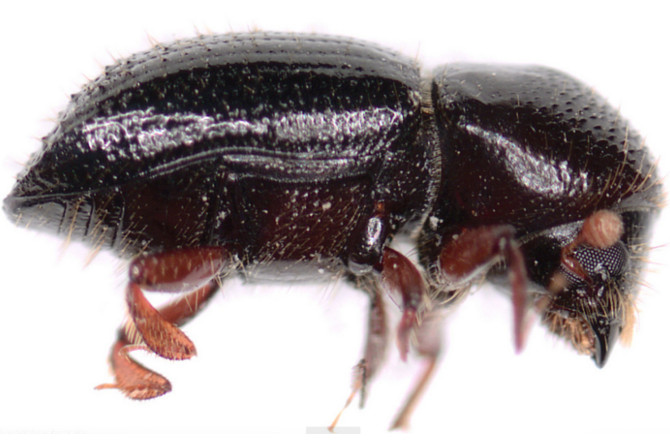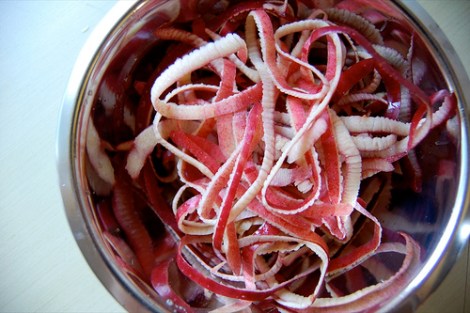Ramakrishna Mallampati is our kind of guy. A PhD student at the National University of Singapore, Mallampati has been coming up with a creative way to remove pollutants from water: He’s using discarded fruit peels.
He started with tomatoes, because tomatoes are one of the most commonly consumed foods in the world, and when they’re processed, there’s tons of waste left over — skins and seeds and fibers. Then he moved on to apple peels. Why? Just think of all the peels you could source from apple juice and apple sauce factories.
Here’s how this actually works. When the peels are put in contact with water, they work like activated carbon filters, Clean Technica explains. They’re adsorbent, which means they attract and capture ions and other pollutants on their surface. It looks like Mallampati added the fruit peels to water in a sort of tea bag and let them do their work.
This process doesn’t produce perfectly pure water, but it could help turn harmfully polluted water potable. Mallampati imagines this idea helping out farmers who live far away from large water treatment plants and would otherwise be drinking contaminated groundwater. And, hey, maybe it’ll give the water a nice apple-y flavor, too.




